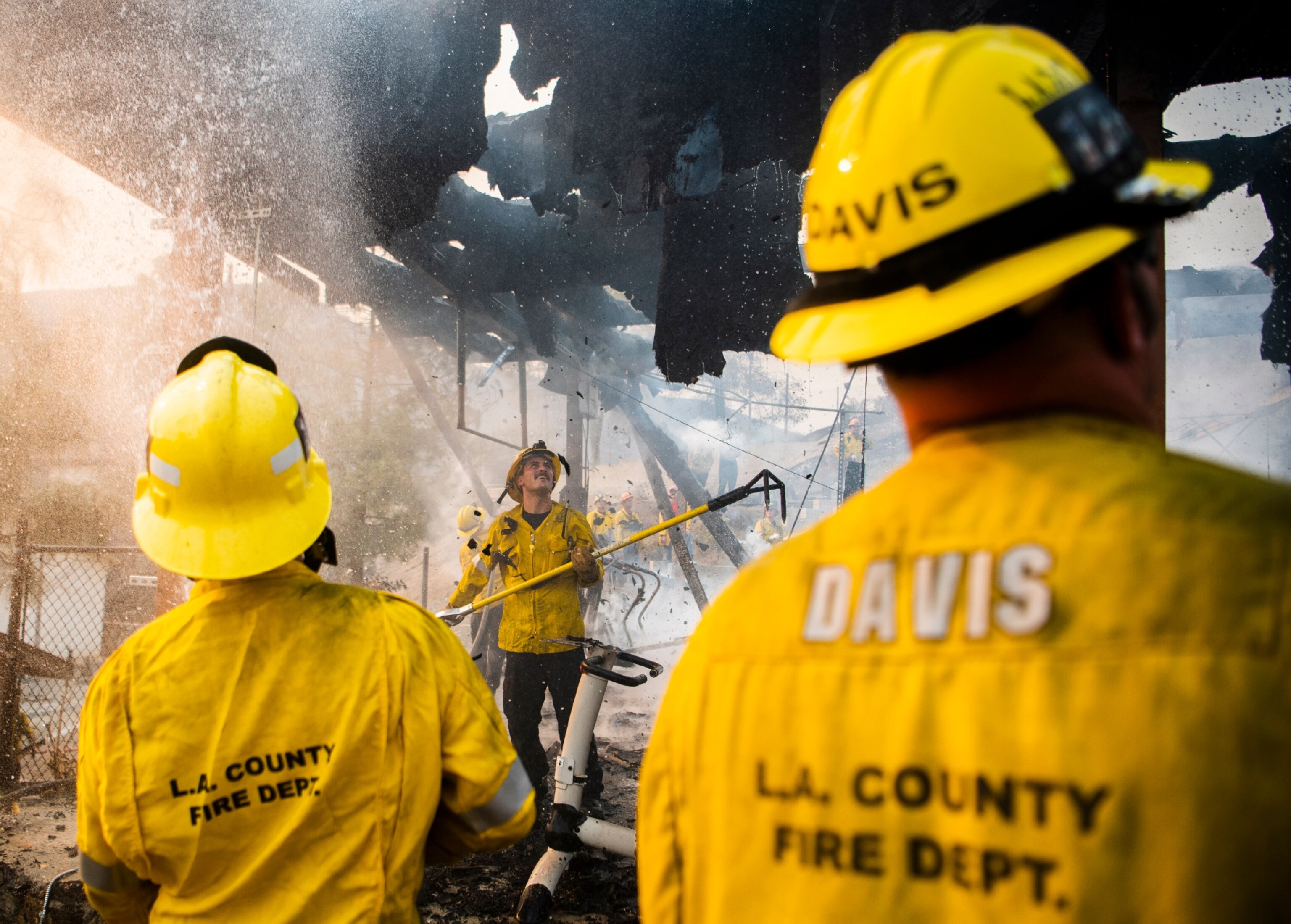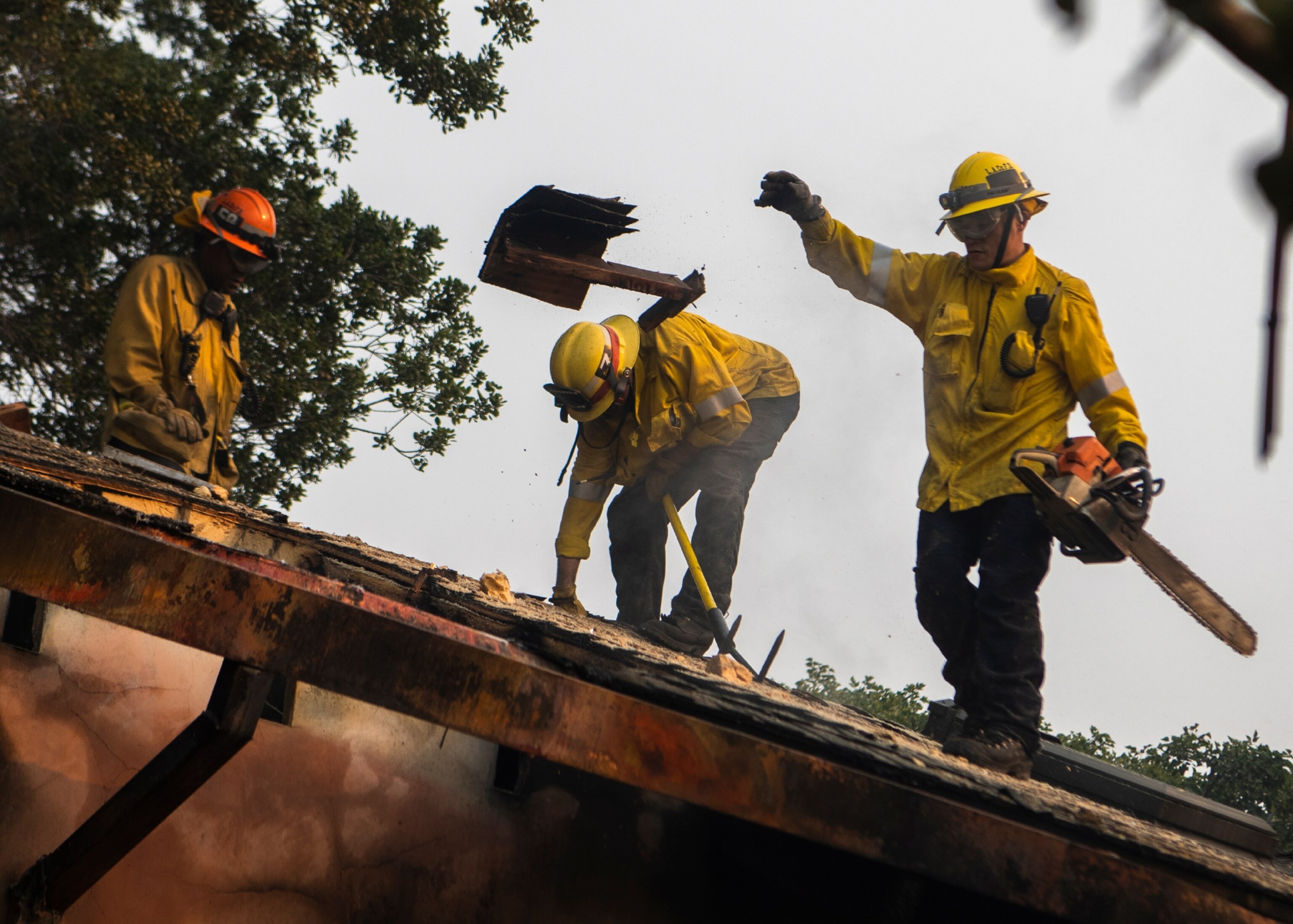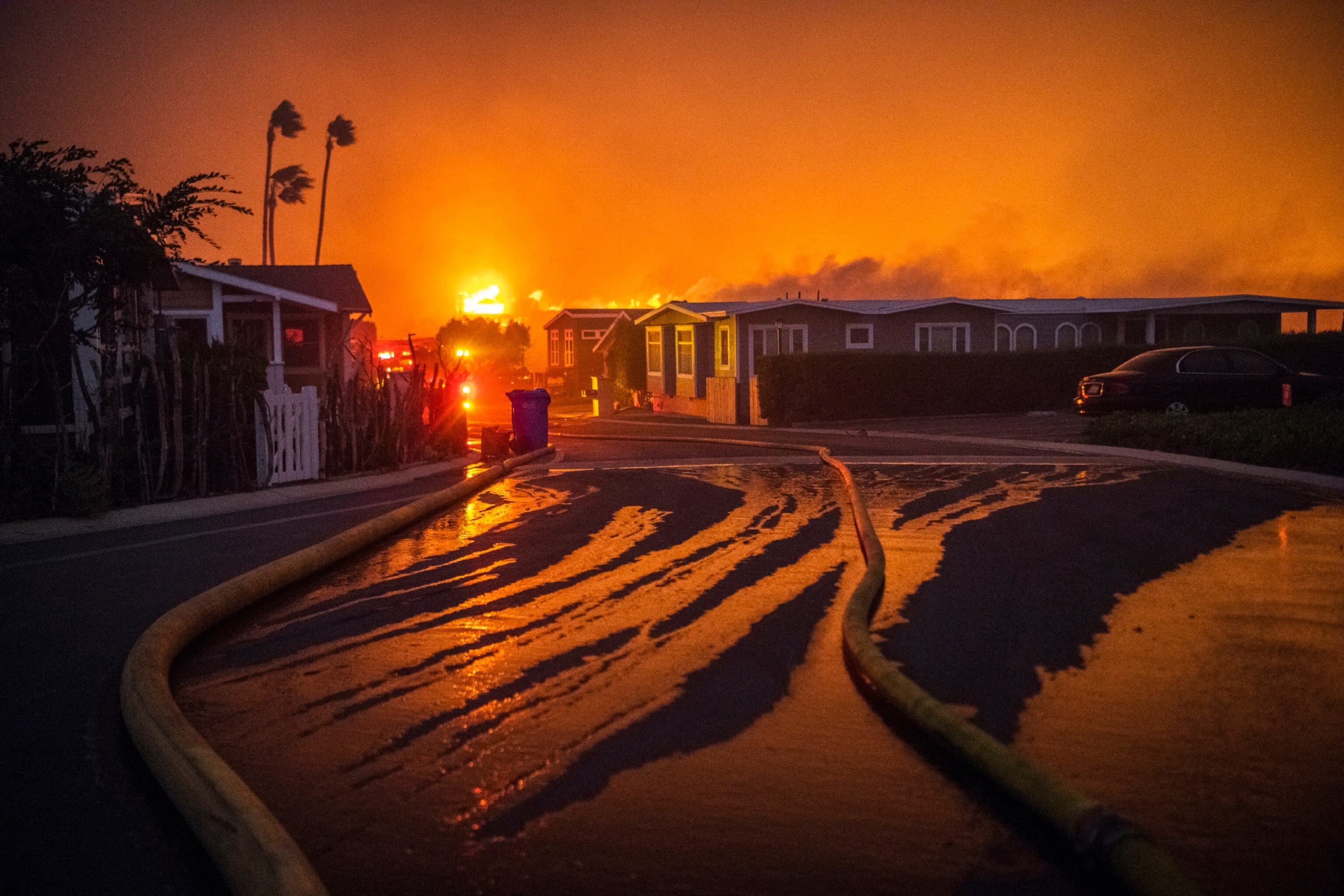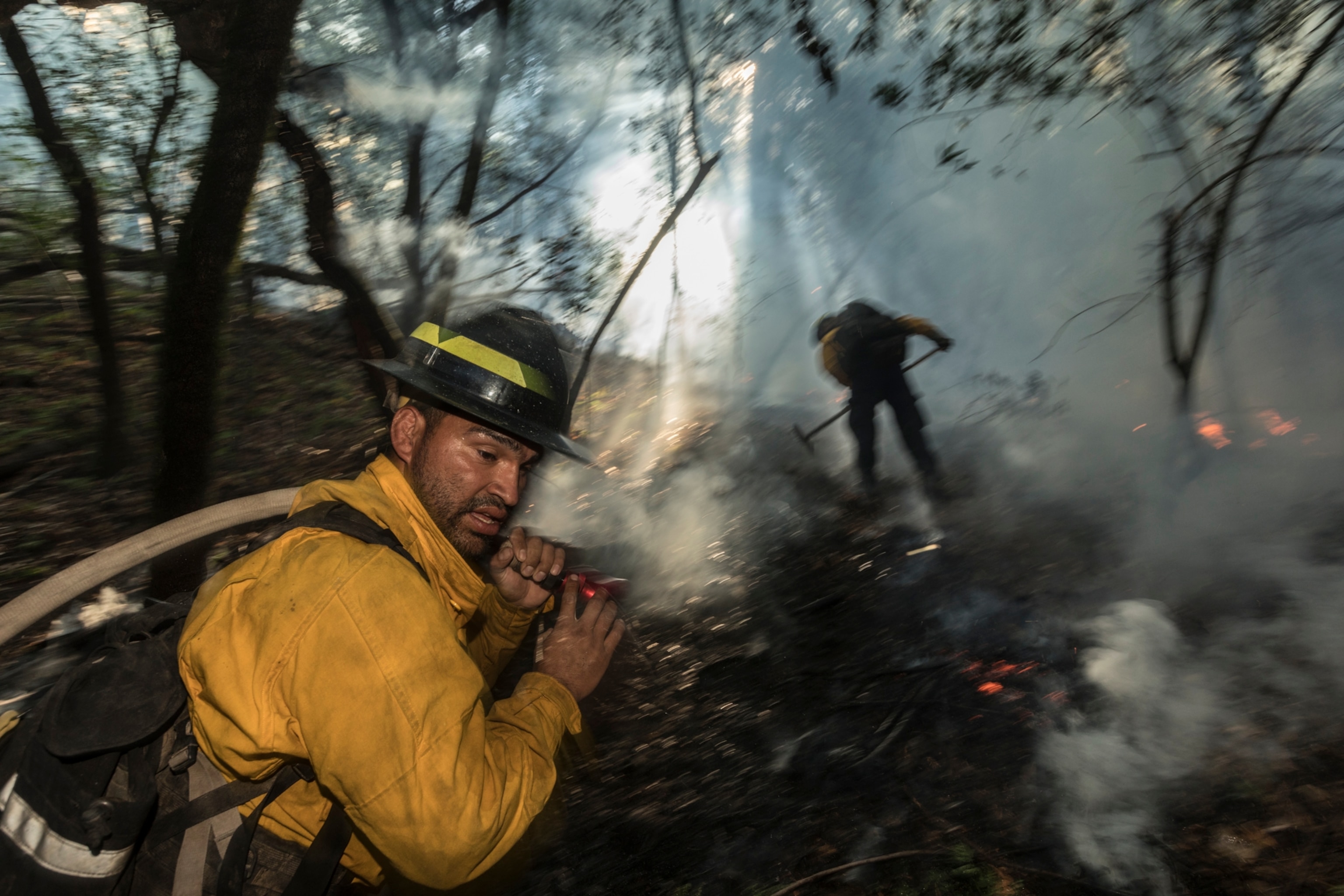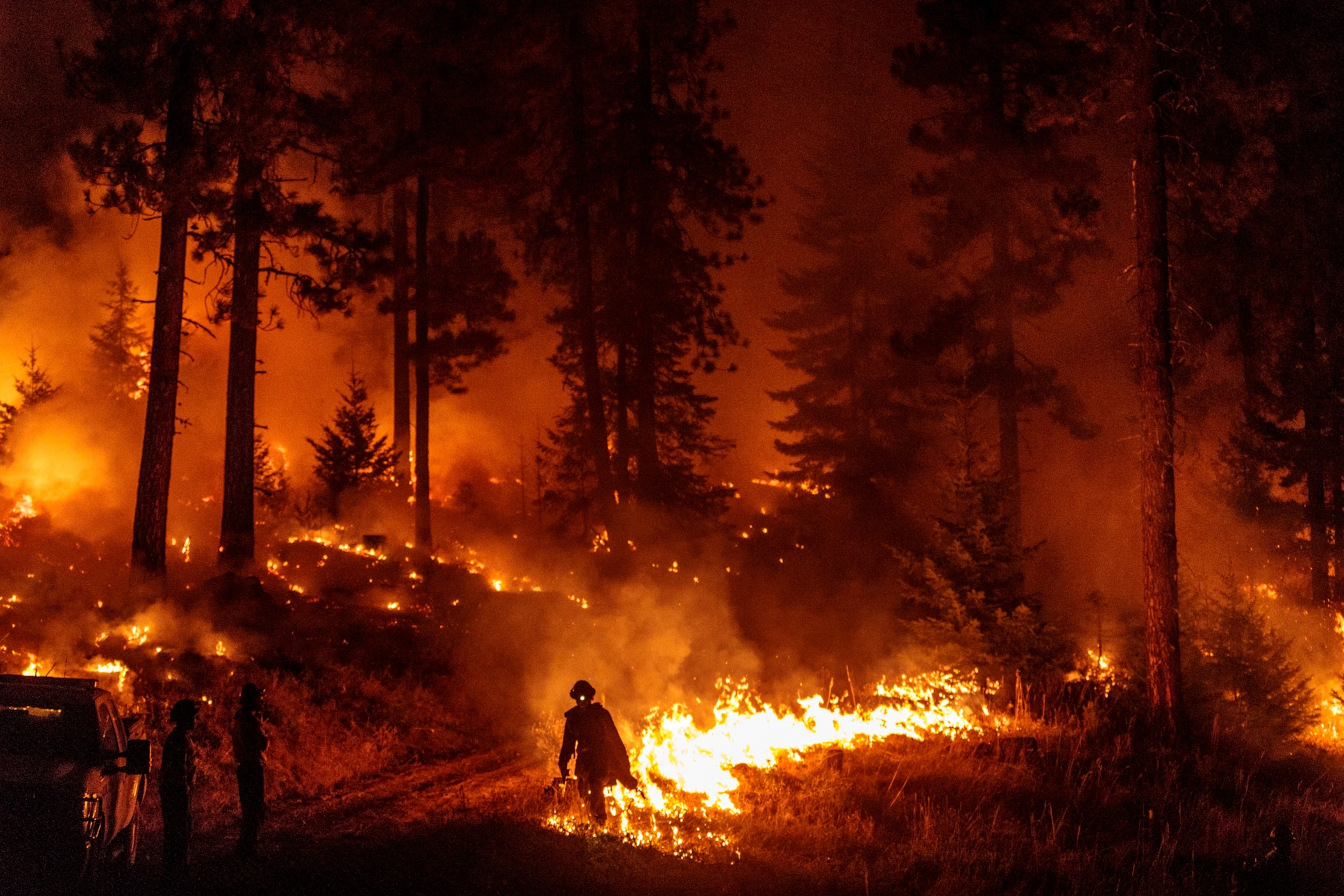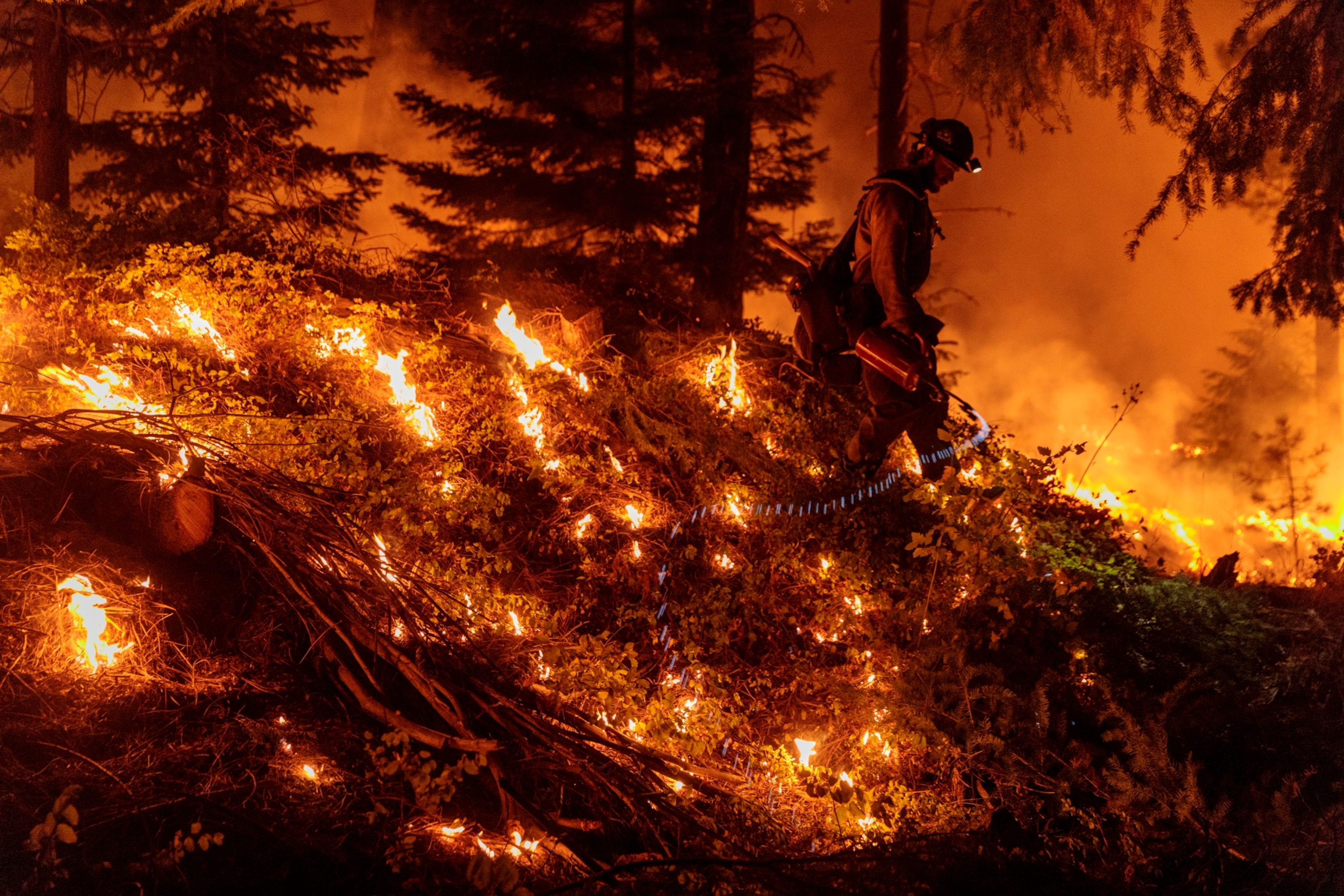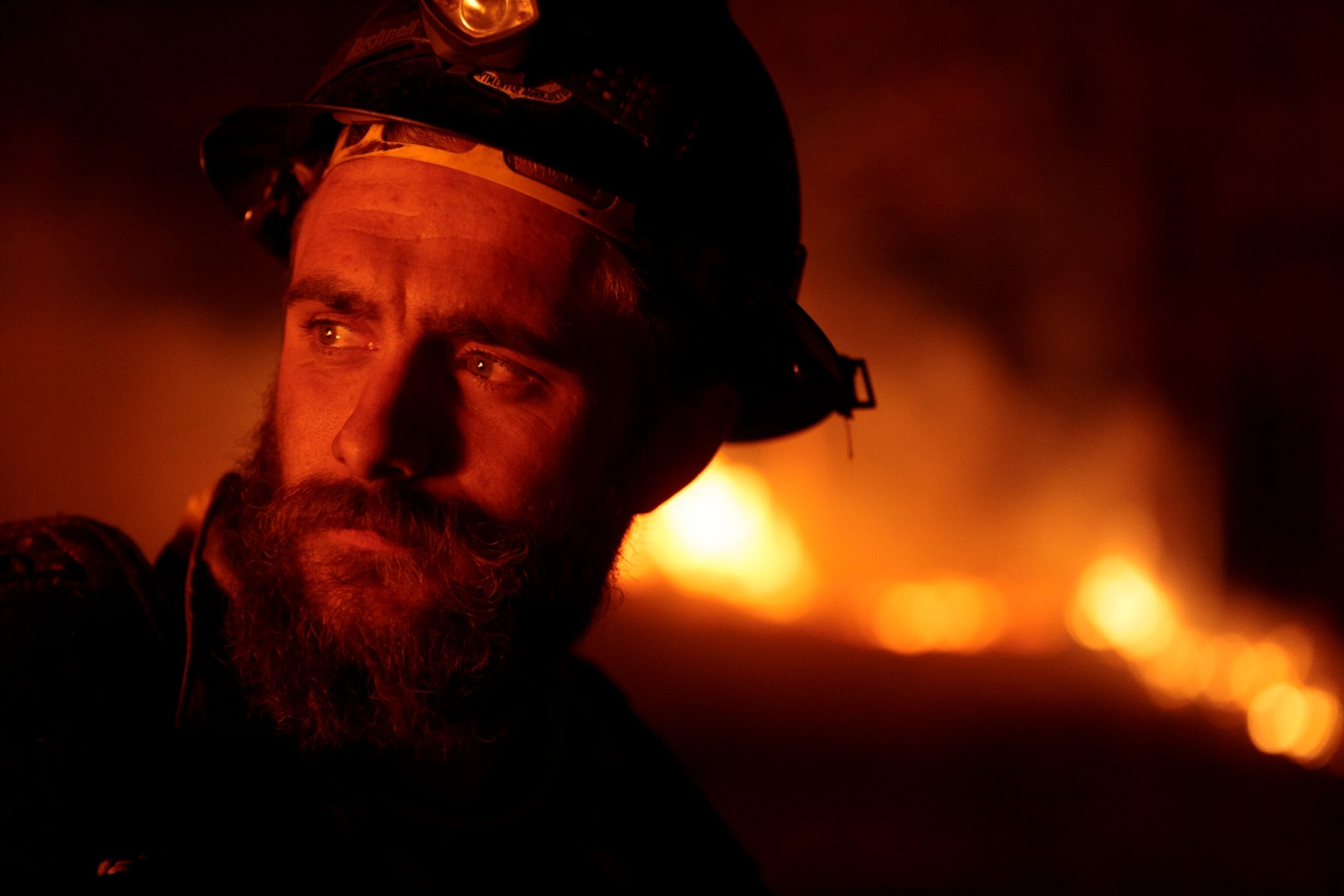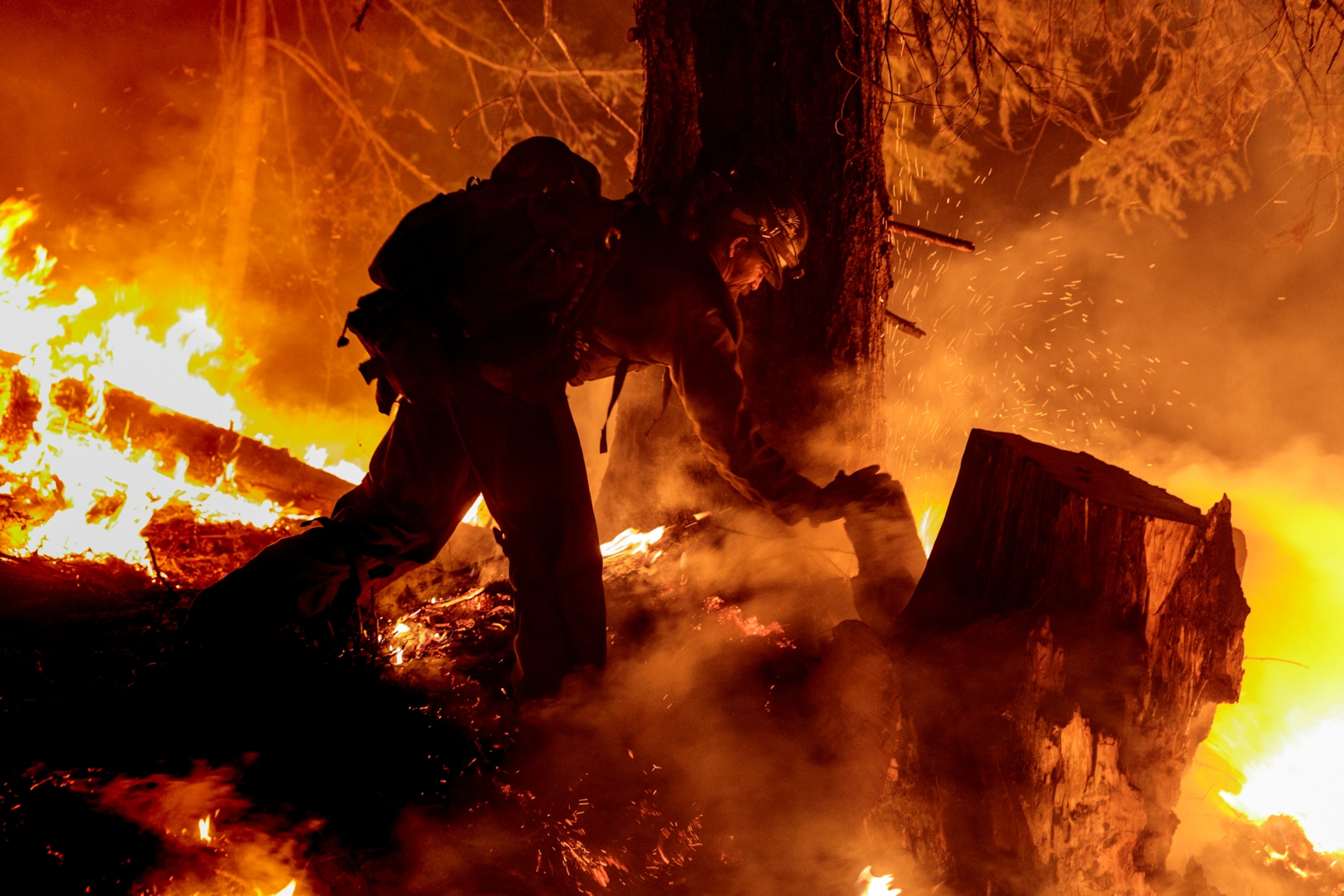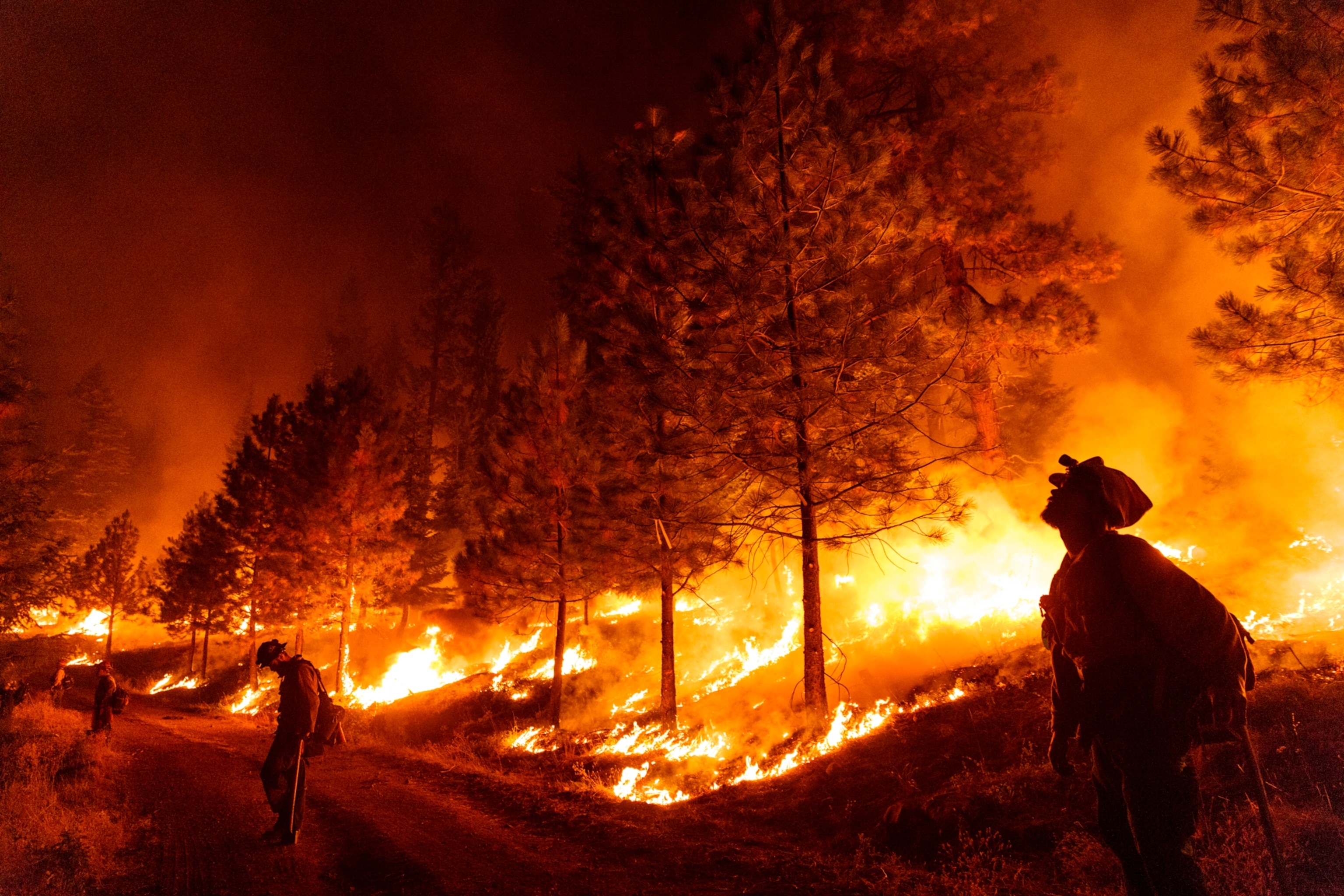
Photos: What it's like to fight deadly wildfires
Both physically demanding and emotionally taxing, fighting deadly, dangerous fires is a harrowing effort.
Most people will never come face-to-face with a wildfire the size of the ones ripping through California.
Driven by winds with gusts of up to 70 miles per hour, they're explosive, fast, and often unpredictable. It moves less akin to a tsunami-like wall of fire and more like a kid playing hopscotch, with wind pushing embers out ahead of the fire, helping it grow and spread.
It's these same winds that make fighting fires so difficult. Heat and smoke can become unbearable before firefighters are able to make contact with the flames. And since many fires spring to life in wooded areas, the terrain can be difficult for trucks to access.
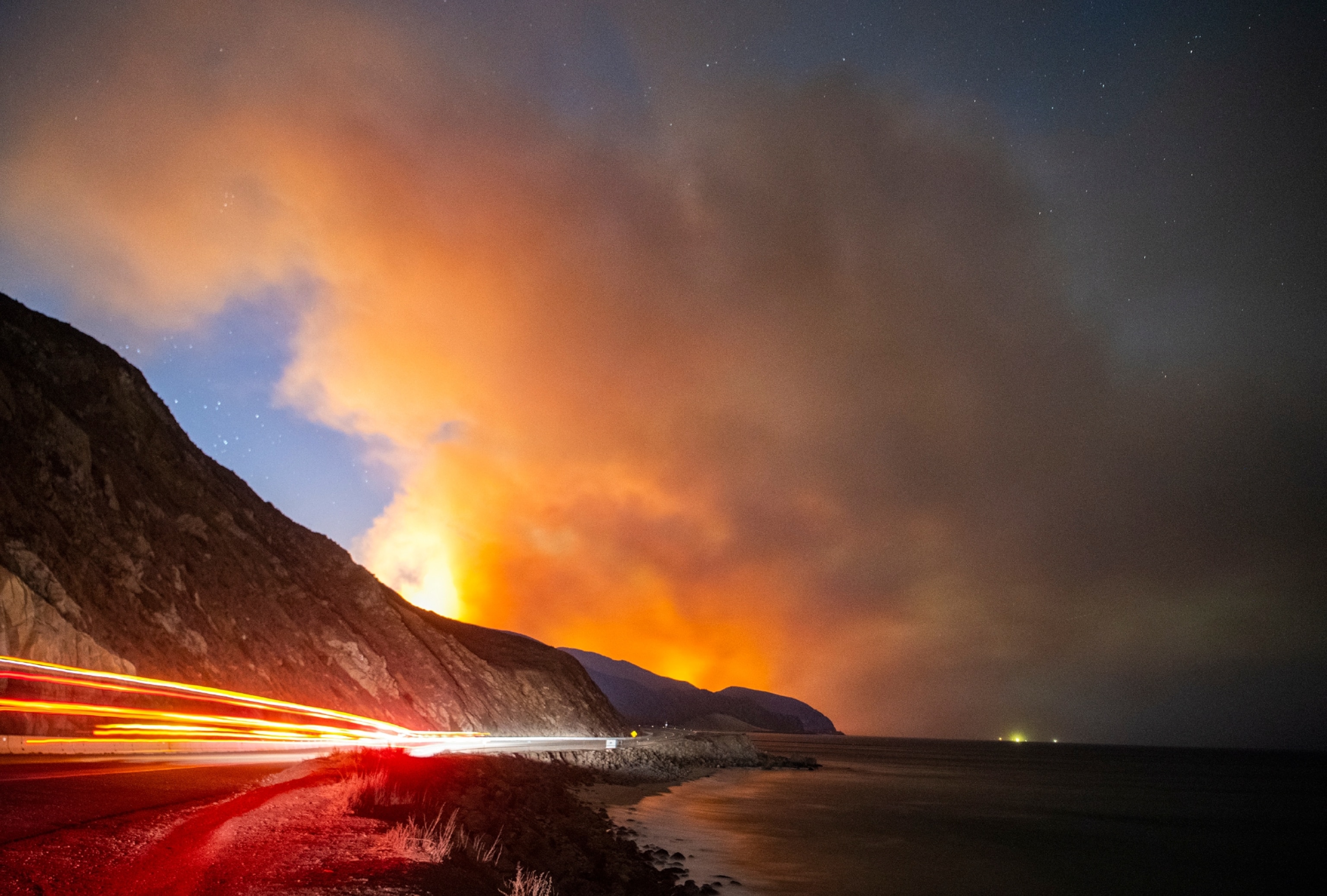
The Camp Fire currently burning in Northern California is the deadliest in the state's history. At least 71 people have died from the fires and more than 1,000 are unaccounted for, as of November 17.
“I've never seen anything like this,” California Professional Firefighters President Brian Rice told National Geographic on Monday.
(Learn more about how to safe in a wildfire.)
Fighting these fires is a test of bravery and endurance, and those who put their lives on the line to squelch them don't always make it.
Engine Crews
Firefighters in California fighting the Woolsey Fire just north of Los Angeles have done so with a number of tactics. When fire engines and a water source are available, firefighters use them, but in an already drought-ridden state, water can be difficult to come by.
Instead, firefighters lay “lines,” or create artificial barriers in the ground by digging trenches. Dry brush and grass is called “fuel” by firefighters because it provides material for fires to burn. By digging away topsoil and clearing that fuel, firefighters can create edges to contain where the fire might move.
Firefighters also use fire to fight fire by burning vegetation that’s likely to fuel the fire.
Calling in the Hotshots
When fires spring to life in more remote regions that aren't as easy to traverse as the Los Angeles suburbs, specially trained crews are often called on.
Some of the most elite fire-fighting crews are called Hotshots—about 107 of these teams are scattered throughout the nation, each containing about 20 members. When fire season is at its worst, they're on call to mobilize at a moment's notice, traveling from a few miles to halfway across the country.
It's a demanding job, with days lasting as long as 16 hours.
They face dangers from falling trees, and lung-scorching smoke. National Geographic photographer Mark Thiessen is a trained firefighter who's traveled to wildfire hot spots like Australia, California, and Washington to document what it takes to put out these fires.
Each wildfire fighter has a different motivation for putting their lives in a fire's path, but mostly, Theissen says, all “get bit by the fire bug.”
